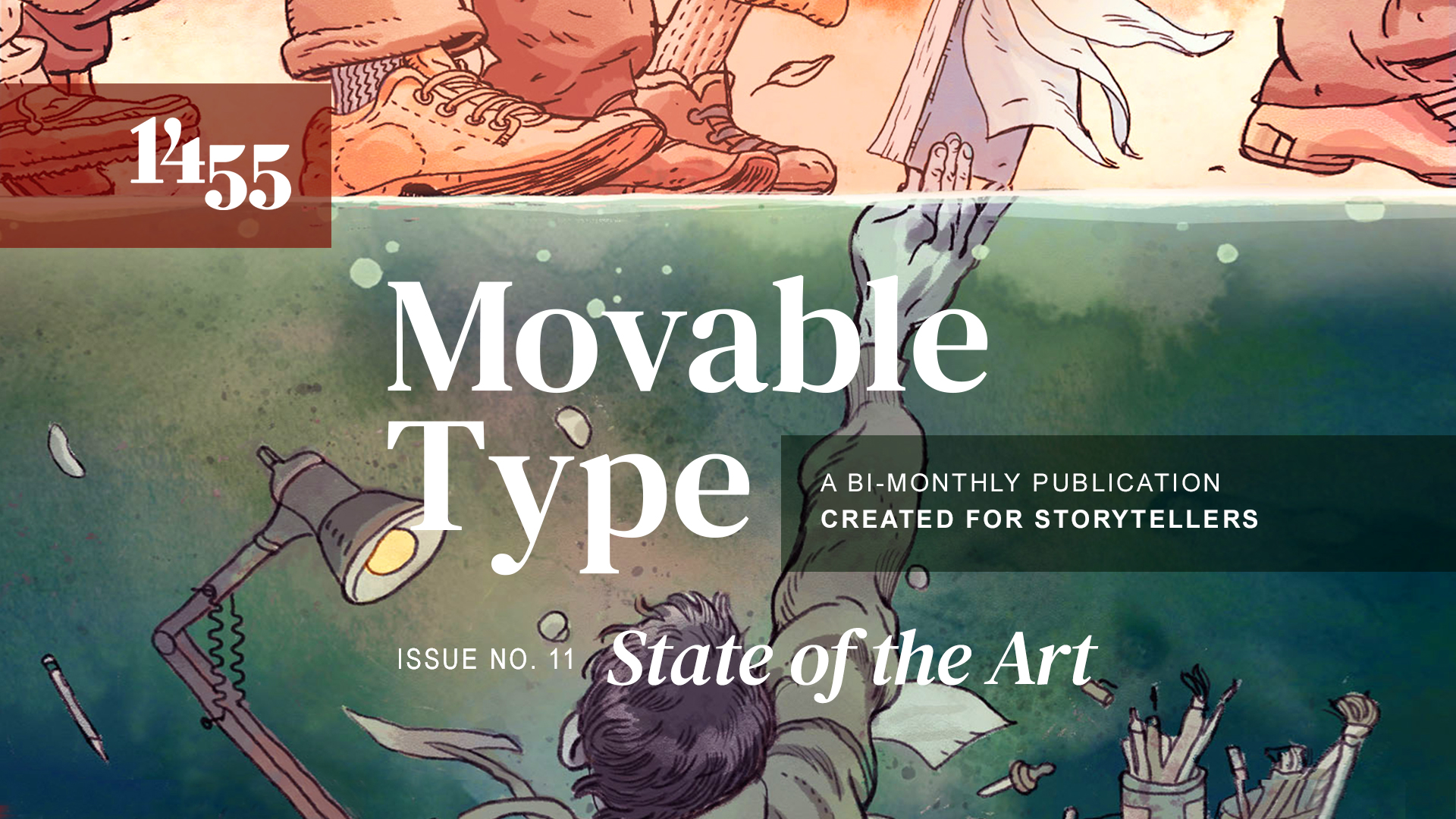Kyle Hopkins
Storytelling in Architecture

A Charged Development:
Piccadilly Townes
This townhome project sits at one of the main gateways to Historic Winchester, Virginia. Currently under construction, the project grew out of a unique private/public development in a prominent downtown location.
A few years prior, against some opposition, several older buildings on the site were demolished to make way for a development that never came to be. This life a vacant lot that remained an open scar on the city’s portofolio of historic structures.
Our challenge was to take the empty space and controversial history to create a development for the future of Winchester while respecting the cherished past that remains in full display all around it.
Developer: Aikens Group
Architect: Four Square Architects
Contractor: H&W Construction

Kyle Hopkins completed an undergraduate degree in interior design from James Madison University. He then earned his Masters in Architecture from Illinois Institute of Technology, in addition to winning several fellowship, he was selected as a prestigious Morgenstern Scholar. Before opening Four Square Architects, Kyle worked in Chicago, Illinois and Washington D.C. on a wide range of projects including: single family homes, apartment complexes, commercial build-outs, private schools, and public schools. Kyle is registered in Virginia, West Virginia, DC, and Maryland. He is NCARB certified.


